Hardwood Flooring 101: Read This Before You Buy
May 15, 2025 | By Bruce Product Expert
Hardwood flooring is a timeless choice for many homeowners. Its natural beauty and durability make it a popular option for countless spaces.
But for many, selecting a hardwood is challenging. It poses numerous questions that require careful consideration:
* What is the best species for wood flooring?
* How do you determine the best plank width?
* How do you choose between solid and engineered hardwood?
* What factors should you consider before making a purchase?
This comprehensive guide will help answer these questions and more. You’ll walk away with a better understanding of the basics of hardwood flooring, which will help you make an informed decision.
This guide is for homeowners, interior designers, and DIY enthusiasts. It covers everything from the types of hardwood flooring to installation and maintenance tips.
So, let’s dive into the world of hardwood flooring and explore the many options available.
Understanding Hardwood Flooring Basics
Hardwood flooring is a broad term that covers several types. The two main types are solid hardwood and engineered hardwood. Each type has its unique characteristics and benefits.
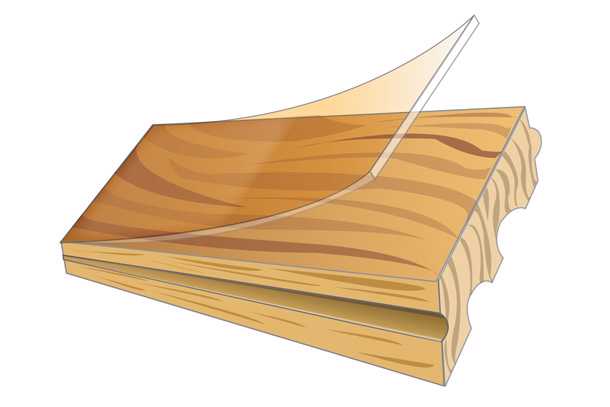
Solid hardwood flooring consists of a single piece of wood, so flooring planks feature natural hardwood throughout.
The flooring is durable, though its durability derives from the wood species. You can sand and refinish it multiple times, making it a long-lasting choice for many homeowners.
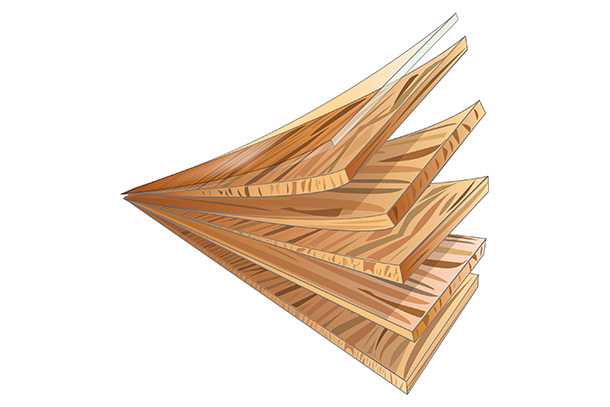
Engineered hardwood flooring, on the other hand, takes a layered approach. The top layer is a natural hardwood veneer, while the lower layers are plywood. This construction makes engineered hardwood more stable and less prone to warping. As a result, you can install it in areas presenting moisture concerns, like basements or kitchens.
Here are some key points to remember about hardwood flooring:
* You can refinish solid wood floors multiple times.
* Engineered hardwood is more stable and less prone to warping.
* Both types come in a variety of wood species and finishes.
Solid Hardwood vs. Engineered Hardwood
Several factors come into play when choosing between solid and engineered hardwood. These include the room environment, your budget, and your personal preferences.
Solid hardwood is a classic choice that exudes natural beauty. Although the flooring can last for decades, it’s susceptible to changes in humidity and temperature. Generally, you may want to avoid it in rooms with high moisture levels, such as bathrooms or basements.
Engineered hardwood is a more versatile option. Its multi-layer construction makes it more stable and less likely to warp or buckle. You can install engineered wood flooring in rooms where solid hardwood may not be suitable. However, you can’t refinish as many times as solid hardwood.
Before deciding, it’s essential to consider each type of flooring’s pros and cons. Your choice will ultimately depend on your specific needs and circumstances.
Hardwood Flooring Species and Characteristics
Hardwood flooring is available in a variety of wood species. Each species has unique characteristics, including color, grain pattern, and hardness.
Oak, maple, and hickory are the most common hardwood flooring species, with oak flooring the most popular. Exotic species like Brazilian cherry and tigerwood are also available. They offer unique colors and patterns but may have a higher price tag.
Another essential factor to consider is the hardness of the wood species. This affects the durability of the flooring. The Janka hardness scale measures the hardness of wood species.
Here are some key points to remember about wood species:
* Common species like oak, maple, and hickory are durable and classic.
* Exotic species offer unique colors and patterns but may be more expensive.
* The hardness of the wood species affects the durability of the flooring.
Choosing the suitable wood species for your hardwood flooring can significantly influence its look and performance. When making your choice, consider both the aesthetic and practical aspects.
Wood Hardness and Durability
The hardness of the wood species affects the durability of the flooring. Harder woods, like hickory or maple, are more resistant to dents and scratches, making them a good choice for high-traffic areas.
Conversely, softer woods, like pine, can show wear and tear more easily. You’ll want to avoid them in active areas, particularly if you have pets.
Here are some key points to remember about wood hardness:
* Harder woods are more resistant to dents and scratches.
* Softer woods can show wear and tear more easily.
* Consider the room’s usage when choosing the wood hardness.
Plank Size and Visual Impact
The size of the planks can significantly affect the flooring’s visual impact. Wide planks can make a room appear larger and more open and show off the wood’s grain pattern more prominently.
Conversely, narrower planks can create a more traditional look. They lend themselves to smaller rooms or spaces with a more formal style.
Color, Stain, and Finish Options for Hardwoods
Hardwood flooring comes in various colors, stains, and finishes. You can choose from natural wood colors or stains that can dramatically change the wood’s appearance.
The finish can also affect the look and maintenance of the flooring. For instance, high-gloss finishes can make the wood look more polished and show scratches more easily.
Consider your room’s decor and lifestyle when choosing the color, stain, and finish.
Installation Methods and Subfloor Requirements for Hardwood Flooring
Several methods are available for installing hardwood flooring, including nail-down, glue-down, and floating. The best method depends on the hardwood flooring type and your subfloor’s condition.
For instance, solid hardwood requires nailing, often in combination with gluing. Engineered hardwood, however, is more forgiving and perfect for floating flooring. Before installation, ensuring your subfloor is clean, dry, and level is vital.
Remember always to follow the manufacturer’s instructions for the best results.
Acclimating Your Wood Flooring
Often overlooked, it’s critical to acclimate your hardwood flooring to the room’s environment. This involves leaving the flooring in the room for a certain period, usually a few days.
Acclimation helps prevent problems like warping or gapping from changes in temperature and humidity. Always follow the manufacturer’s recommendations for acclimation to ensure the best performance of your hardwood flooring.
Cleaning and Long-Term Care
Cleaning hardwood flooring involves regular sweeping or vacuuming to remove dust and dirt. Avoid using water or steam mops, as they can damage the wood.
For deeper cleaning, use a cleaner specifically designed for hardwood floors. Avoid using harsh chemicals or abrasive tools that can scratch the finish.
Over time, hardwood floors may need to be refinished to restore their beauty. The frequency of refinishing depends on the type of hardwood, the finish, and the amount of traffic on the floor.
Cost and Value Considerations
When considering hardwood flooring, factoring in the initial cost and the long-term value is essential. Hardwood flooring is generally more expensive than other flooring options. However, it can add significant value to your home.
Hardwood costs vary widely depending on the type of wood, the finish, and the installation method.
Engineered hardwood is generally less expensive than solid hardwood, particularly with flooring of the same species. For example, a solid oak floor costs more than an engineered one.
Hardwood flooring is a long-term investment. Proper care can last for decades, making it a cost-effective choice in the long run.
Buyer’s Checklist for Hardwood Flooring
Before making your final decision, consider the following checklist:
Determine your budget and factor in all costs, including installation and maintenance.
* Decide between solid and engineered hardwood based on your home’s conditions and preferences.
* Choose the suitable wood species and hardness level for your lifestyle and aesthetic preferences.
* Consider the size and finish of the planks, as well as the color and stain options.
* Plan the installation process, including acclimating the wood and preparing the subfloor.
* Understand the maintenance requirements to keep your floors looking their best.
* Consider the potential impact on your home’s value and resale potential.
America is Built on Bruce® Hardwoods
Bruce® has a long-standing tradition of hardwood flooring, dating back to 1884. You can select from more than 350 solid and engineered hardwood selections. You also have multiple finish options, including traditional, distressed, hand-scraped, and wire-brushed.
Use our hardwood flooring visualizer to see how each looks in your room. No more worries about selecting the wrong floor!
Bruce flooring is available at retailers throughout the U.S.

Ready to shop for hardwood flooring near you?
Use our retail locator to find where you can buy Bruce oak flooring.
Find a Store
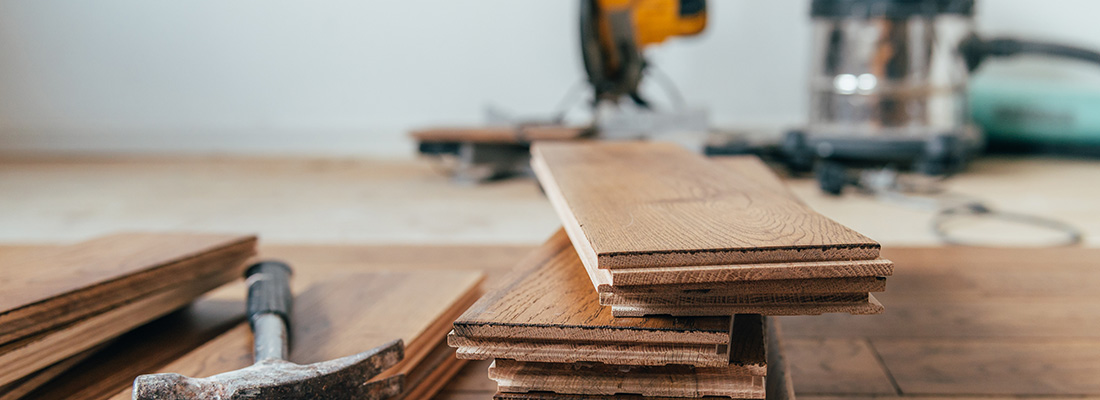
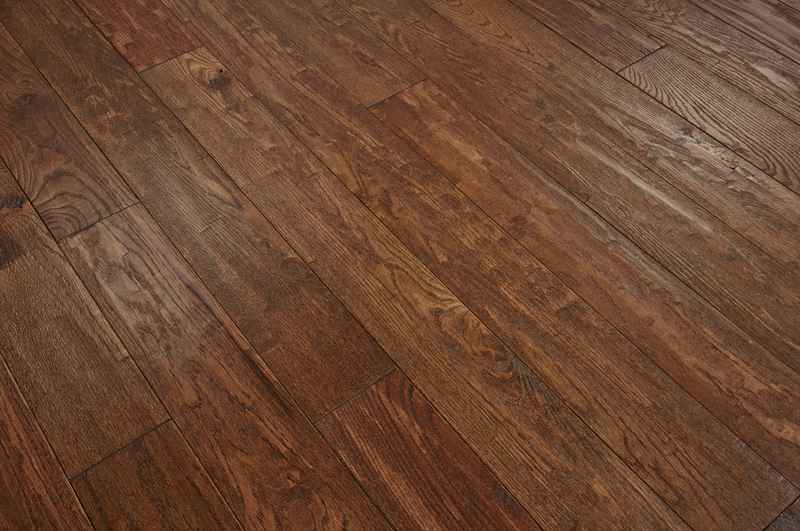
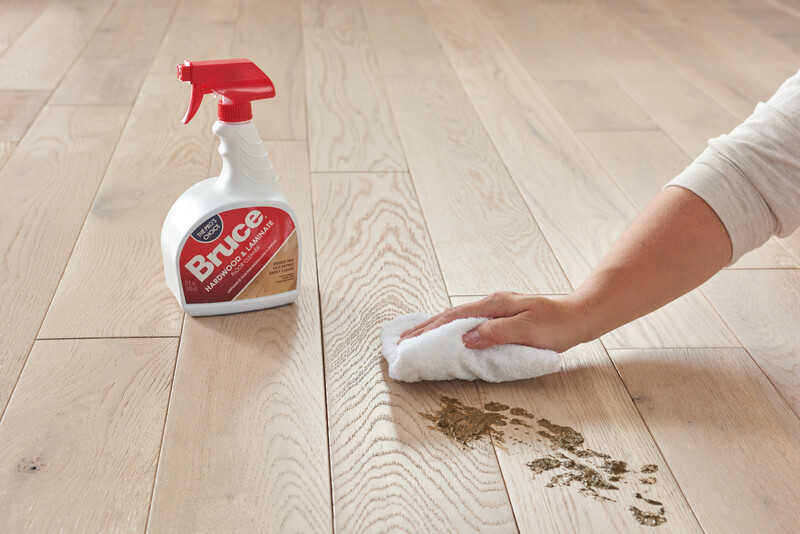
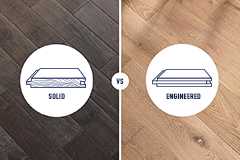 Solid vs Engineered Hardwood Flooring
Solid vs Engineered Hardwood Flooring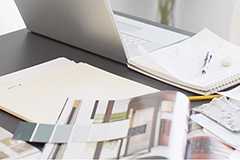 Guide To Choosing a Hardwood Floor
Guide To Choosing a Hardwood Floor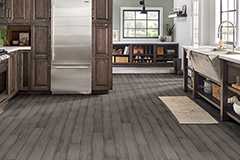 Hardwood Flooring Room Inspiration Guide
Hardwood Flooring Room Inspiration Guide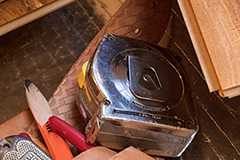 10 Things to Know About Hardwood Floor Installation
10 Things to Know About Hardwood Floor Installation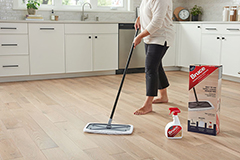 How To Clean and Protect Hardwood Flooring
How To Clean and Protect Hardwood Flooring